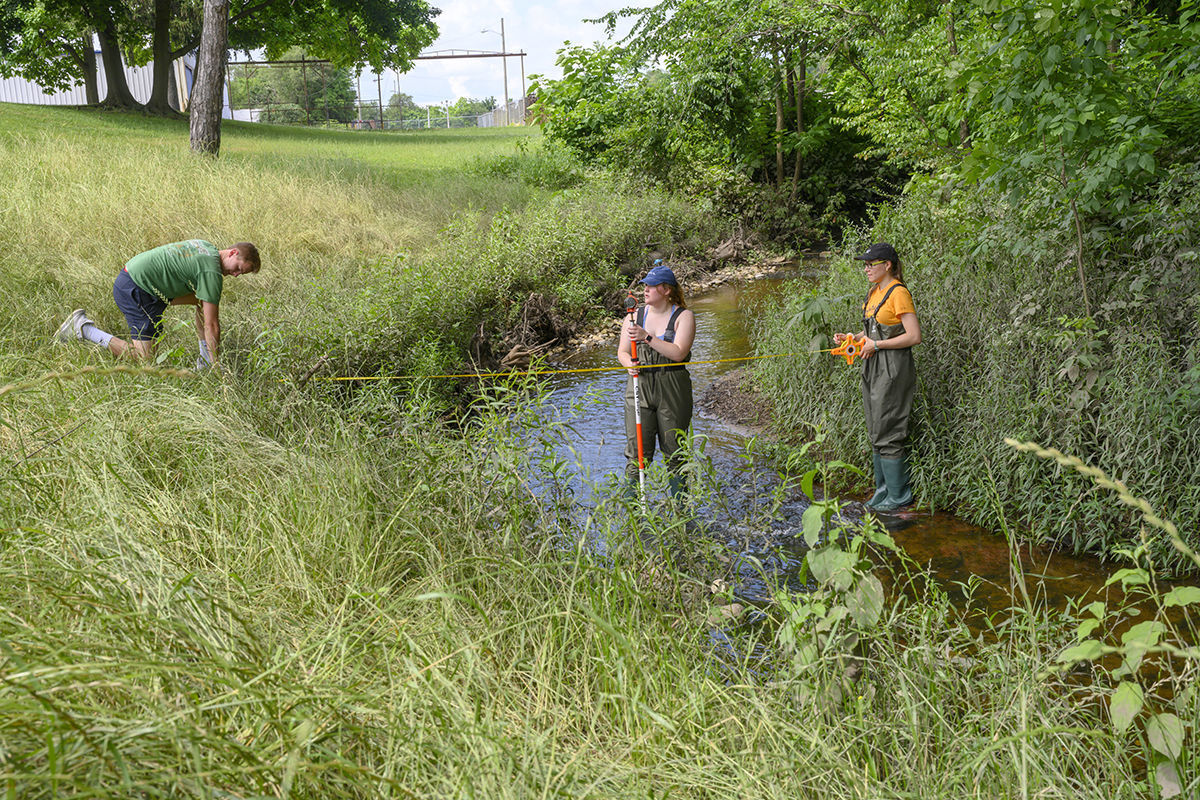It’s the partnerships, more than anything that has come uniquely from Notre Dame, that have enabled the Center for Civic Innovation to benefit the community, says Jay Brockman, its director. “But Notre Dame’s tremendous support in helping us grow from a ragtag project to a center with its own building downtown speaks volumes to the University’s commitment to the region.”
The CCI helps campus research centers and individuals network with regional officials, local organizations, public and private schools and other stakeholders to identify opportunities to improve communities — whether in physical, environmental or social ecosystems. Projects range from creek restoration to affordable housing to lifelong learning programs. The center also operates internship programs for high school and college students and offers elementary school students science, technology, engineering, arts and math programming.
In the fall of 2019, CCI moved off campus into the historic Hansel Center (most recently home to the Notre Dame Center for Arts and Culture), on West Washington Street, a few blocks west of downtown South Bend, bringing it closer to the neighborhood associations, civic leaders and educators with whom it works.

Bowman Creek winds through South Bend’s Studebaker Golf Course, around Riley High School, through Ravina Park, past roads, factories and parking lots, and eventually into the St. Joseph River. Over time it had become laced with ammonia and phosphorus from manufacturing and E. coli from sewage. The abuse led it to become something of a dumpsite for residents. The U.S. Environmental Protection Agency told South Bend to clean it up.
Ten years ago, Jay Brockman and Gary Gilot, the former city public works director (now Brockman’s assistant director), agreed the cleanup was more than a technical problem. They saw it as a way to show students how pollution, wastewater management, housing, people and zoning intertwine and how the cleanup process could provide a real-life educational opportunity to college and high school students.
In 2015, with grants from the National Science Foundation and enFocus, a local nonprofit, an “educational ecosystem” was launched that enabled students to engage working professionals and residents, learn about the interplay of science and government and revitalize the fouled urban creek. Since then, students have been instrumental in improving the creek’s health through environmental initiatives.